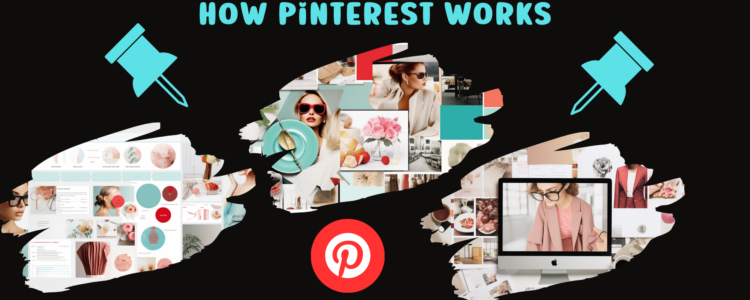
Pinterest is a visual discovery engine for finding ideas like recipes, home and style inspiration, and more. With billions of Pins on Pinterest, you'll always find ideas to spark inspiration. Here's a brief overview of how it works and some tips for effective pinning and board creation:
How Pinterest Works
- Profiles and Pins: Users create profiles where they can upload, save, sort, and manage images—known as Pins—and other media content (e.g., videos, GIFs) through collections known as boards.
- Discovery: Pinterest acts as a search engine where users can discover new content aligned with their interests, using keywords and categories. Pinterest's algorithm also suggests content by learning from a user's interaction with the site.
- Interaction: Users can save Pins from others to their boards, "like" content, and follow other users or boards that interest them.
Tips for Pinning
- Quality Over Quantity: Choose high-resolution, visually appealing images for your Pins. Clear, well-composed photos tend to attract more engagement.
- Use Descriptions Wisely: When you pin something, add a detailed description with relevant keywords. This not only helps others find your pins but also improves visibility in search results.
- Timing Matters: Pin and repin regularly to maintain engagement from your followers. Pinning during peak times—typically evenings and weekends in the U.S.—can increase your visibility.
Creating Boards
- Purposeful Boards: Create boards based on clear themes or interests. For example, if you're into interior design, you might have separate boards for different rooms of the house.
- Descriptive Titles and Details: Use descriptive titles for your boards to help users and Pinterest's search engine understand the content of your boards. Add a detailed board description with keywords to improve searchability.
- Organize Wisely: Regularly curate and organize your boards. Keeping similar pins together and removing outdated pins can help keep your content fresh and relevant.
Using Pinterest for Different Purposes
- Personal Inspiration and Projects: From planning weddings to home renovations, Pinterest is a great tool for visualizing and organizing personal projects.
- Education and Learning: Students and educators use Pinterest to find educational resources and teaching aids, organizing them into boards for different subjects or classes.
- Marketing and Business: Brands leverage Pinterest to reach their audience by creating appealing pins that link back to their websites. Pinterest is effective for driving traffic and sales, particularly for lifestyle and retail brands.
- Content Curation and Sharing: Users create collections of artwork, quotes, photography, and more to share with a community of like-minded individuals.
Understanding and utilizing these facets of Pinterest can help users maximize their experience, whether they're using the platform for fun, inspiration, or business.
